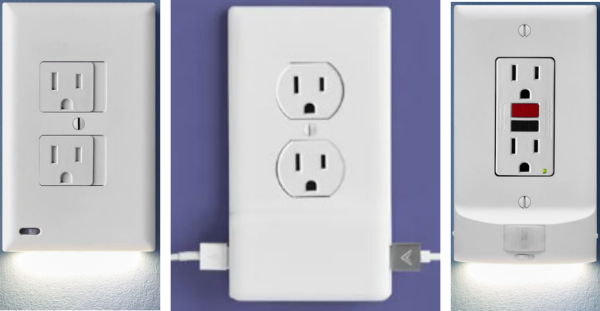by Dennis Crouch
It is now time to begin looking for an opinion in the Halo/Stryker regarding whether the Federal Circuit's test for willful infringement is too rigid. Those cases were argued in February 2016. We can also expect a decision in Cuozzo prior to the end June 2016.
Supplying Components Abroad: The Solicitor General has finally filed its brief in Life Tech v. Promega. The brief supports certiorari -- but only for one of the two questions presented: namely,
whether a supplier can be held liable for providing 'all or a substantial portion of the components of a patented invention' from the United States when the supplier ships for combination abroad only a single commodity component of a multi-component invention
The patent in the case involves a DNA amplification kit used for personal identification. And, although the allegedly infringing kids were made in the UK, one commodity-component (the Taq polymerase) was supplied from the U.S. Focusing on the language of the statute, the Solicitor Generals argues that liability for export of a single component of a multi-component invention "is contrary to Section 271(f)’s text and structure, and it is inconsistent with the presumption against extraterritoriality." Separately, the brief argues that the Federal Circuit was correct in its holding that a party can actively induce itself - thus 271(f)(1) inducement does not require a third party to be induced. [USPromega CVSG Petition].
Post Grant Admin: I previously discussed GEA Process Engineering. That case involves the Flip-side of Cuozzo and asks whether an appeal can follow when the PTAB exceeds its authority by terminating an already instituted IPR proceeding? The respondent (Steuben Foods) had previously waived its right to respond, but the Supreme Court has now requested a response. That move makes certiorari more likely, but the result will depend upon the outcome in Cuozzo.
Attorney Fees: Newegg Inc. v. MacroSolve, Inc., No. 15-1369. Professor Mark Lemley's brief on behalf of Newegg asks that the attorney-fee framework of Octane Fitness actually be implemented. [NewEggPetition]. Although Octane Fitness gives district courts discretion in determining whether to award fees, Newegg argues that the E.D. Texas court improperly applied "a special, heightened burden of proof." The Supreme Court is currently considering the Kirtsaeng attorney fee case for copyright law. That decision may shed some light on the patent cases as well.
A new petition in Automotive Body Parts, No. 15-1314, focuses on a question of civil procedure regarding a clerk's transfer of a design patent case out of E.D.Tx in a manner that violated the local rules. Here, the clerk transferred the case immediately after the judge ordered transfer even though the local rules call for a 21 day delay. The case is rising through a petition for mandamus, but my view is that the petition fails to show why transfer is so harmful (except for the reality that patent plaintiffs are usually given more respect in E.D.Tx.).
The court was scheduled to discuss Cooper v. Lee at its May 12 conference. No action was taken following that conference - lightly suggesting to me that the court is holding judgment until it resolves Cuozzo. Apart from the AIA Trial challenges, most potential life changing case on the docket for patent attorneys is Cubist v. Hospira that focuses on the role of secondary indicia of non-obviousness. As with most Supreme Court patent cases over the past decade, Cubist argues that the Federal Circuit's rules are too restrictive and should instead follow a looser factor-based analysis when considering the issue. In the next couple of weeks, the court will consider the Cubist petition as well as that of Dow v. NOVA (appellate review standard); Vehicle Intelligence (abstract idea); and WesternGeco (damages calculation for 271(f) infringement by exporting components).
Secret Offers to Sell: The Federal Circuit is not slowing down its patent jurisprudence in any way - except for the rash of R.36 affirmances. An important case is Helsinn that focuses on whether the AIA abrogated the rule in Metallizing Engineering.
The big list:
